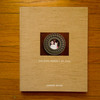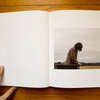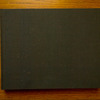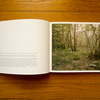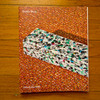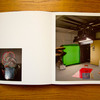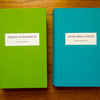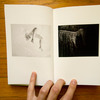Hartford Art School Photography MFA Program - Photobook Making
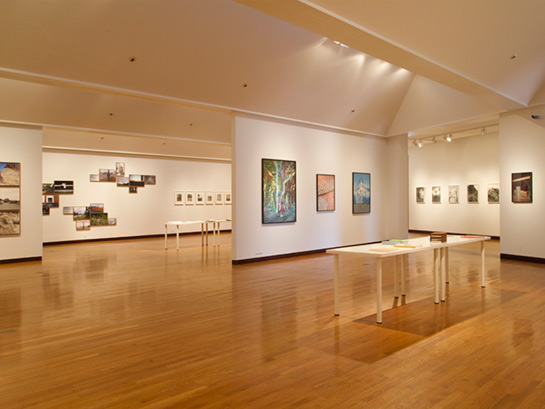
As I mentioned earlier, I have been very actively involved in the Hartford Art School International Limited-Residency Photography MFA Program. A large part of the attraction for me is the fact that photobooks play such an integral part of the program itself. To graduate, students not only have to present their photographs in an exhibition, they also have to produce a book (hence the tables in the above photographs: That’s where the books were displayed). The first published book to emerge from the program is J Carrier’s Elementary Calculus (J did the book during the first year, and he actually graduated with a second, different book!).
“When I began to conceive of the program a few years back,” notes Robert Lyons, its director, “it was clear that an emphasis on the photobook would be an important part of the curriculum. Apart from my own fascination with books and their history, it was very apparent to me that with the advent of new technologies photographers now have the chance to completely control their own publication. Distribution, printing technology, layout and design - these had all changed. I felt - and still feel - strongly about putting the responsibility into the hands of the photographers. I believe that one of the more important aspects of the medium is its ability to evoke a narrative, whether it’s a literal or fictional one. With the new tools it has become very exciting to explore this territory.”
Needless to say, making a good photobook requires a lot more than new technologies and opportunities to disseminate it. First and foremost, one needs to have a solid understanding of what is involved in its creation. As a consequence, the program features a series of classes on the history of photobooks and their structure, with an emphasis on understanding of photobooks not just as photographs in book form, something that you plop down quickly in InDesign, but as possibly very complex entities, whose every aspect its makers have to have a firm grasp of.
One of the teachers working very closely with students is Alice Rose George (see my interview with her here): “For a student to have to try to put their work into a book — which requires not just editing and sequencing, but forces the student to understand the ideas behind the work, their intent and what the outcome should be — teaches intellectual and creative coordination, plus purpose and value of the work.” In other words, you don’t just make a book so you have a book - you make a book to explore your work in ways that allow you to understand it much more deeply, while, at the same time, acquiring all kinds of other skills.
This is the reason why many books made in the program are the outcome of an occasionally frustrating and painful process: You really have to dig deep, to often find that the hardest problems to solve are those that end up having the seemingly simplest solutions. And each book is the result of many months of hard work (involving edits and sequences, design studies, and a lot more), involving various “dummies”.
To see books emerge and to then be able to look at the final results is exhilarating. You’ll find a gallery of images from four of the photobooks produced so far (the selection is based on trying to show the variety of books made) along this article. I hope more of the books to emerge from this program will be produced in larger numbers, either independently published or via commercial publishers.
